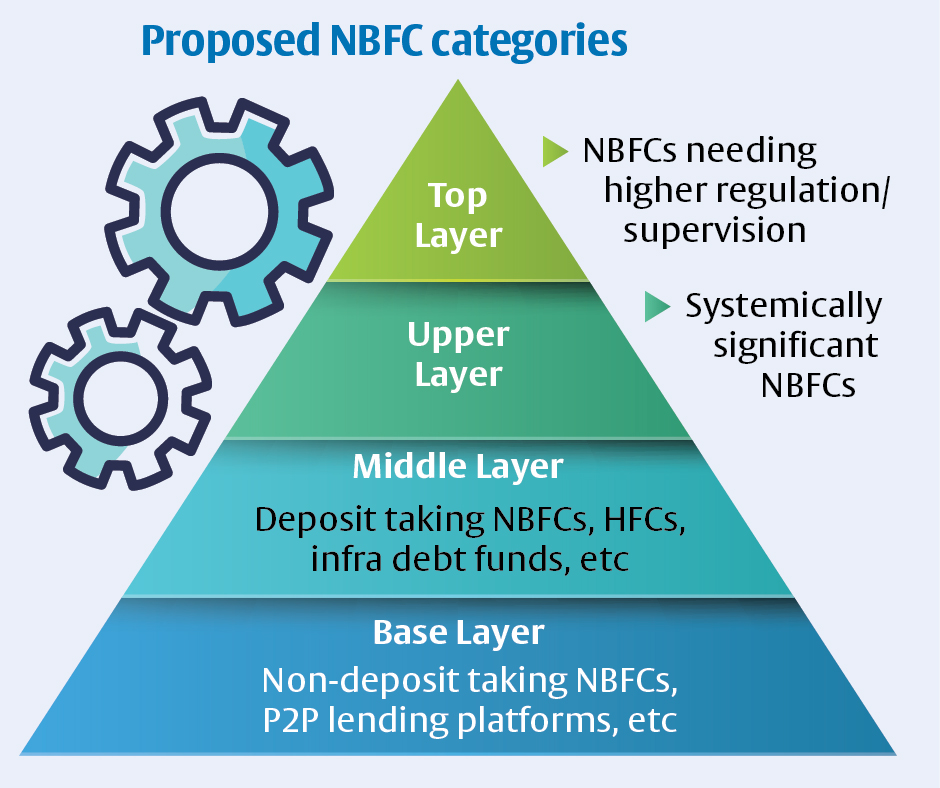7667766266
enquiry@shankarias.in
Why in news?
The RBI has issued a fresh set of rules for non-banking finance companies (NBFCs) which limits lending to IPO investors to Rs 1 crore per borrower from April 1, 2022.

References